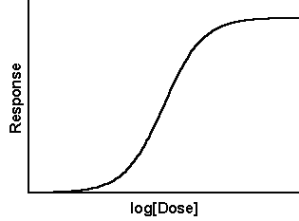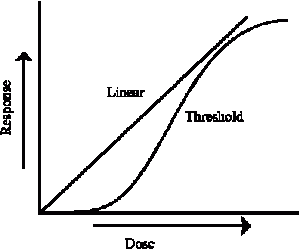
I wouldn't admit to being a fan of Girls Aloud - I'm not sure what it would do to my reputation of I did! However, it was good to see the article in the Observer today about the campaign by Nicola Roberts, the red headed, pales skinned member of the group, against the use of sunbeds by under 18s. She features in a documentary - "Nicola Roberts – The Truth About Tanning", on BBC3 on Thursday 4th February.
Excessive exposure to UV radiation can lead to a number of skin problems including malignant melanoma. Young people are particularly vulnerable. According to the International Agency for Research on Cancer, the risk of melanoma was increased by 75% in people who started using sunbeds regularly before the age of 30. Yet peer pressure forces many pales skinned young people to use sun beds to try to give themselves a fashionable tan.
We cover the risks of non-ionising radiation on BOHS module M201 "Thermal Environment and Non-ionising radiation" which we are running w/c 22 March. I can't promise that Girls Aloud will be performing though!
Photo credit: Flickr http://www.flickr.com/photos/22948324@N08/2520077527/



